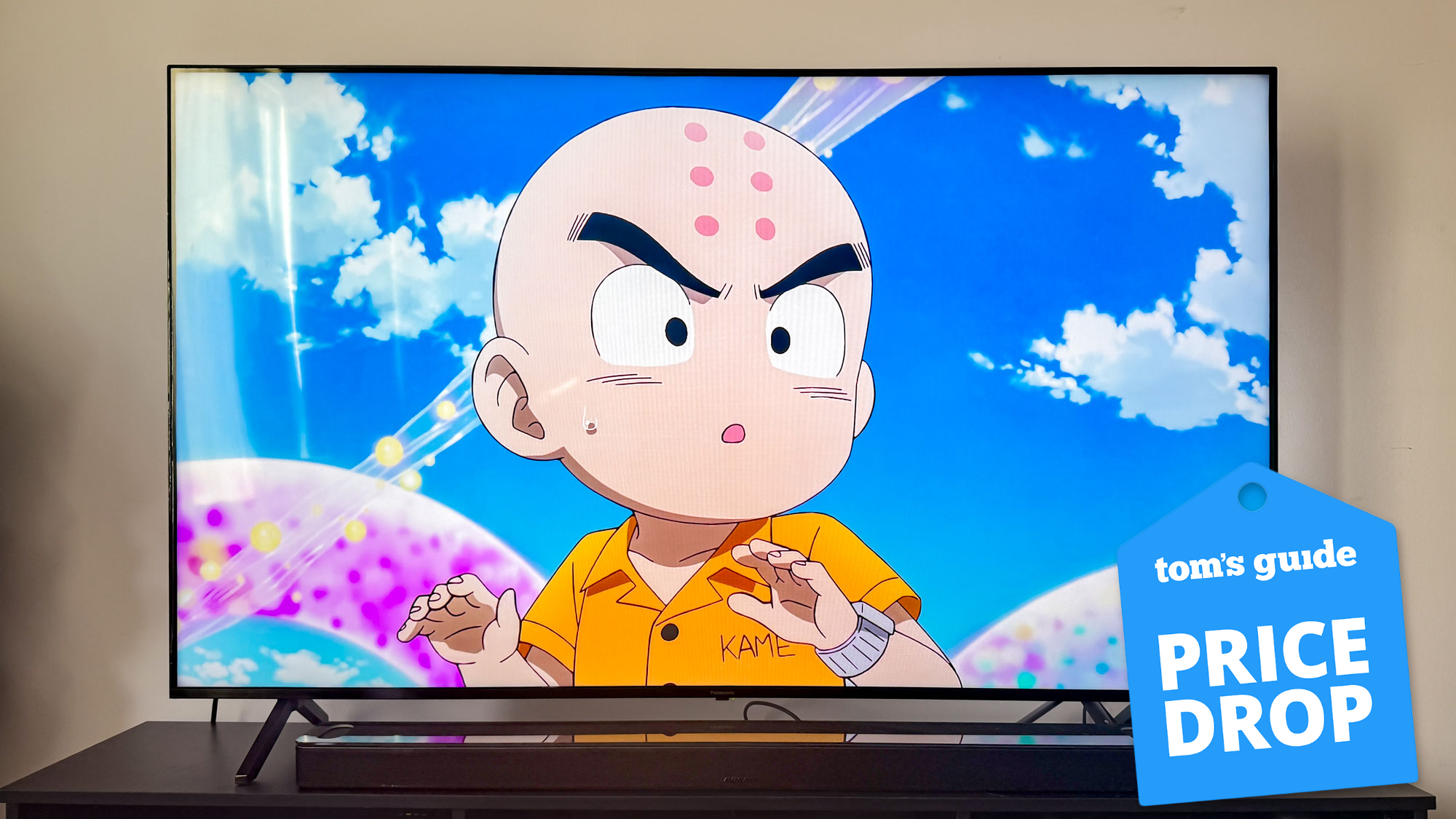Here's when you should replace mulch — and why it's essential

If you’re a keen gardener, you will no doubt have used mulch before. Mulch provides a layer on top of your soil, serving several purposes — it can retain moisture in the ground, keep the frost from damaging your precious plants as well as provide valuable nutrients. The benefits will vary depending on the type of mulch you’re using. But, one thing all mulch has in common is that it will eventually need replacing. Sadly, mulch can’t last forever, and spring is often the time we need to add a fresh layer.
Time, weathering and even wildlife can have an impact on the lifespan of your mulch. So it’s important to keep an eye on it and replenish it when the time comes. Fail to do this, and it can have repercussions on your yard. Even these 7 gardening tools you didn’t know you needed won’t be able to help.
Need some guidance on what to do and when? Here, we will break down the average lifespans of different kinds of mulch, as well as signs that it’s served its purpose, so you know what to look for. We will also consider what to do with your old mulch and when to apply a fresh layer.
And here are 7 ways you can reuse grass clippings after mowing.
What type of mulch are you using?
There are two predominant types of mulch you can use, each with its own benefits and purposes: Organic and synthetic.
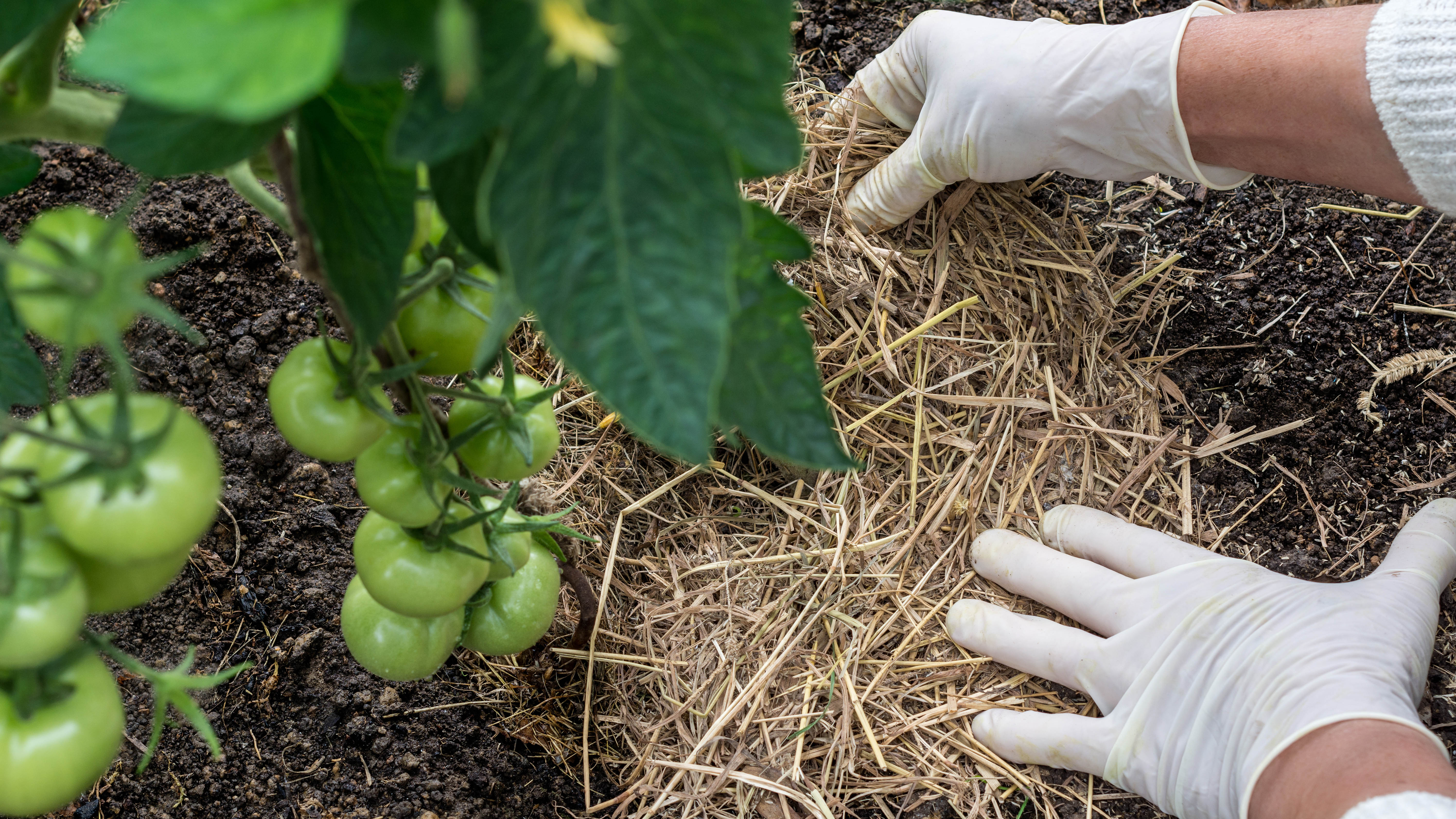
Organic — As the name suggests, organic mulch is composed of organic matter, with substances such as leaves, straw, bark or grass making up its bulk. An example would be this Pine Bark Mulch ($12.75, Amazon). It will break down naturally, adding valuable nutrients to the soil as it does, such as nitrogen and potassium. It’s more breathable than synthetic options and cheaper too, especially if you make it yourself, but it's not as effective against deterring weeds and will require more maintenance.
Organic mulch can last 3-4 years before it needs replacing, but some types will break down faster and need replenishing every 1-2 years. Leaves and grass clippings decompose quickly, while wood and straw will last much longer.
Get instant access to breaking news, the hottest reviews, great deals and helpful tips.
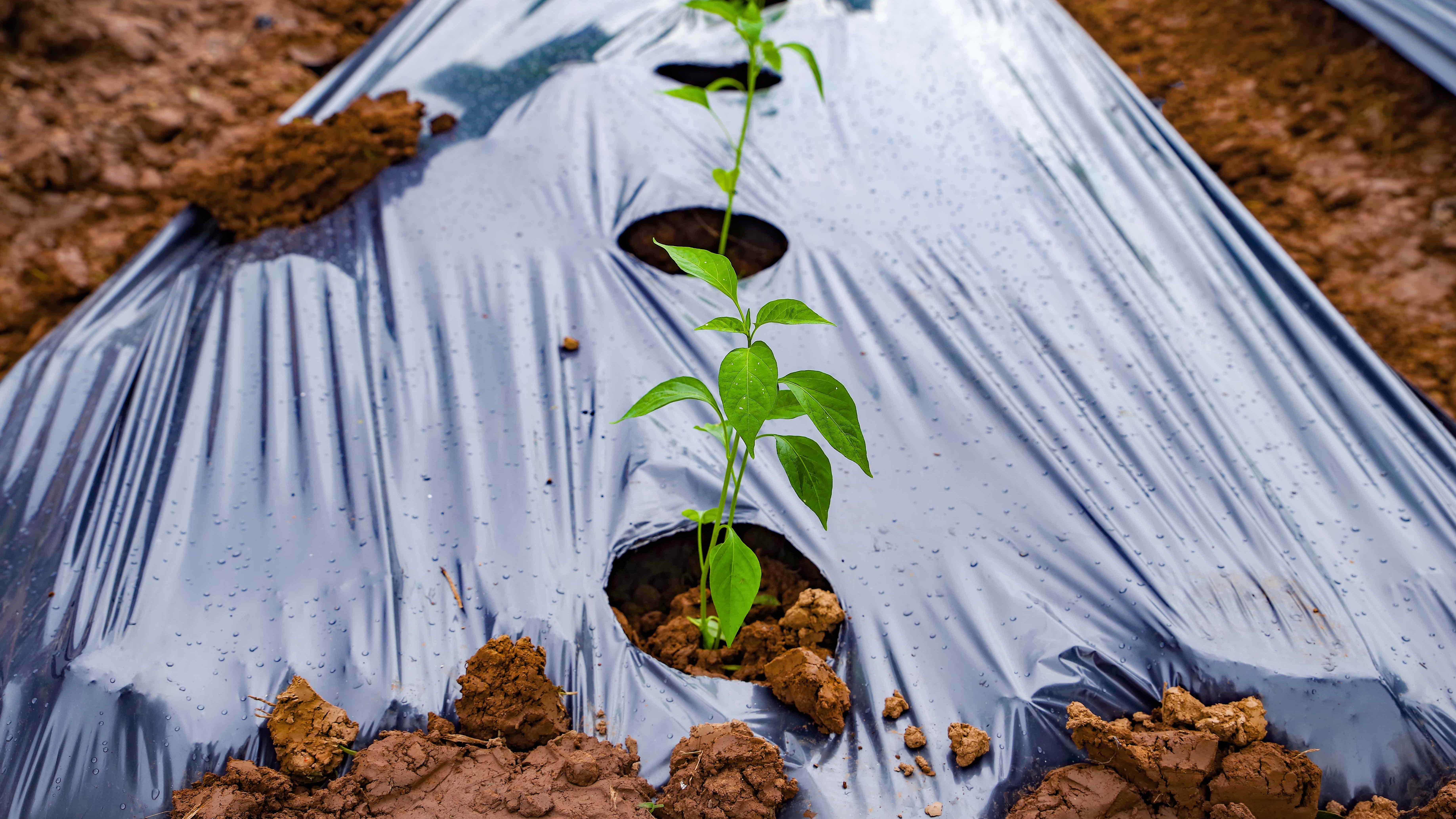
Synthetic — Synthetic or inorganic mulch is comprised of man-made materials, such as plastic and rubber, or it can be made up of stone and gravel. In either case, it won't naturally decompose. That means it’s not improving the conditions of the soil, but it is more long-lasting. An example would be this MicroMall Premium 4oz Pro Weed Barrier Landscape Fabric ($89.99, Amazon).
Synthetic mulch is great for locking moisture into the soil as well as retaining the temperature and keeping weeds at bay. It’s an effective protective layer, but you will be missing out on some of the benefits you get from organic mulch. It costs more up front as well.
Synthetic mulch doesn’t actively break down or breaks down very slowly, which means you don’t need to worry about replacing it routinely. However, you shouldn’t just put it down and forget about it. Conditions outside mean synthetic mulch can be washed away or moved out of place for one reason or another. Some rubber mulch brands will also recommend replacing the product every 10 years or so. So while it's long lasting, it’s not eternal.
How to tell your mulch needs replacing
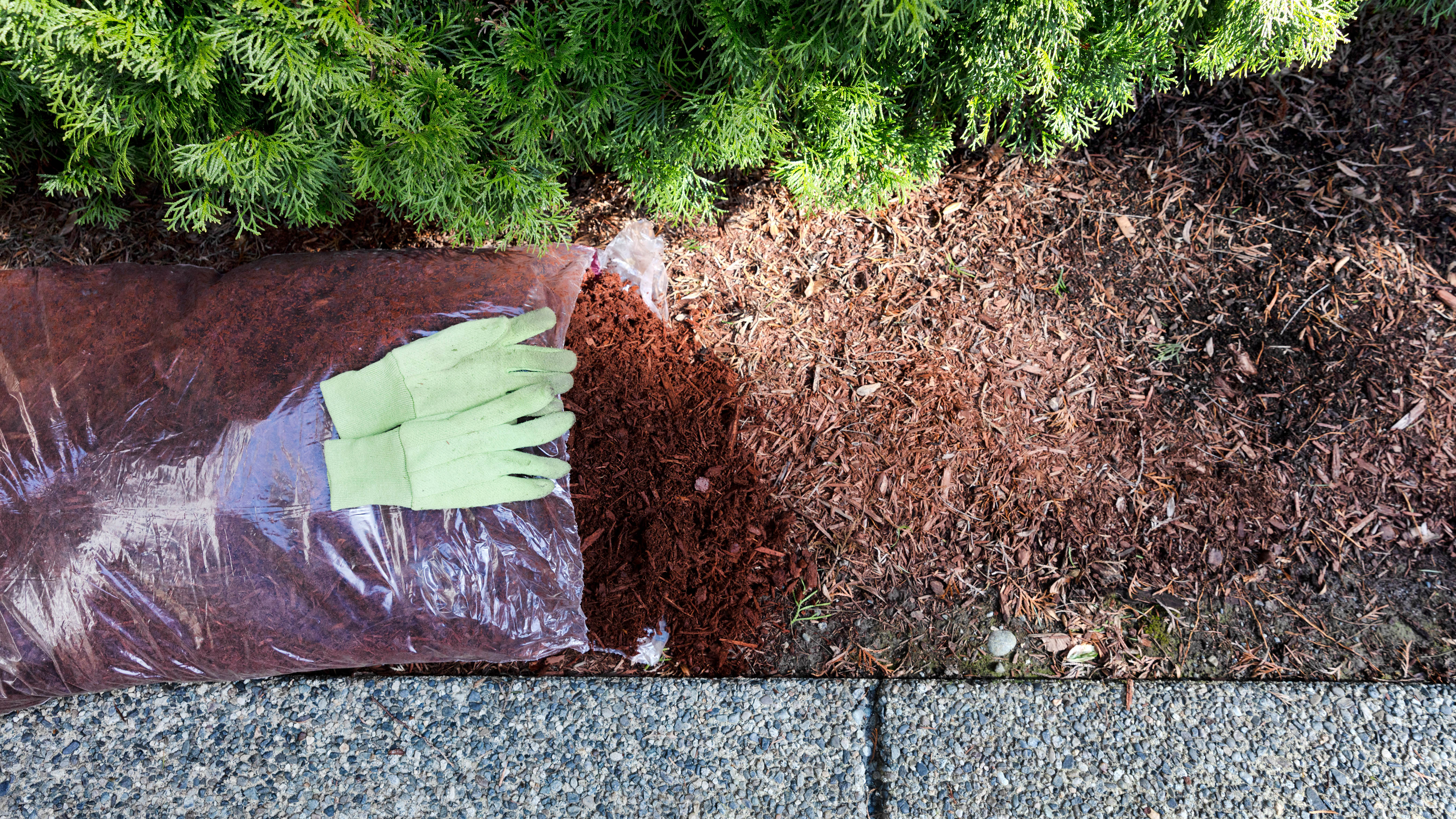
There are several tell-tale signs that your mulch needs replacing:
1. Weathering and nature — Your layer of mulch, whether organic or synthetic, can be disturbed and displaced by the elements. Mulch is sometimes washed away by heavy rain, or even blown away by high winds — sawdust and straw in particular are impacted by this. Wildlife can also burrow into your mulch and leave the soil exposed.
If your layer of mulch appears visually reduced or there’s apparent bare spots, you may need to apply more to bring it back to the required level.
2. Decomposed — If you use organic mulch, it can also decompose faster than you anticipate. The decomposition rate can be increased by the soil’s moisture and temperature as well as frequent rainfall. So keep an eye on the conditions in your yard and consider its impact on your mulch.
Your organic mulch will fade in color as it ages and eventually break down completely. If it still feels and looks the same as when you laid it down, it’s still good, but if it's looking very similar to your soil, it likely needs a fresh batch.
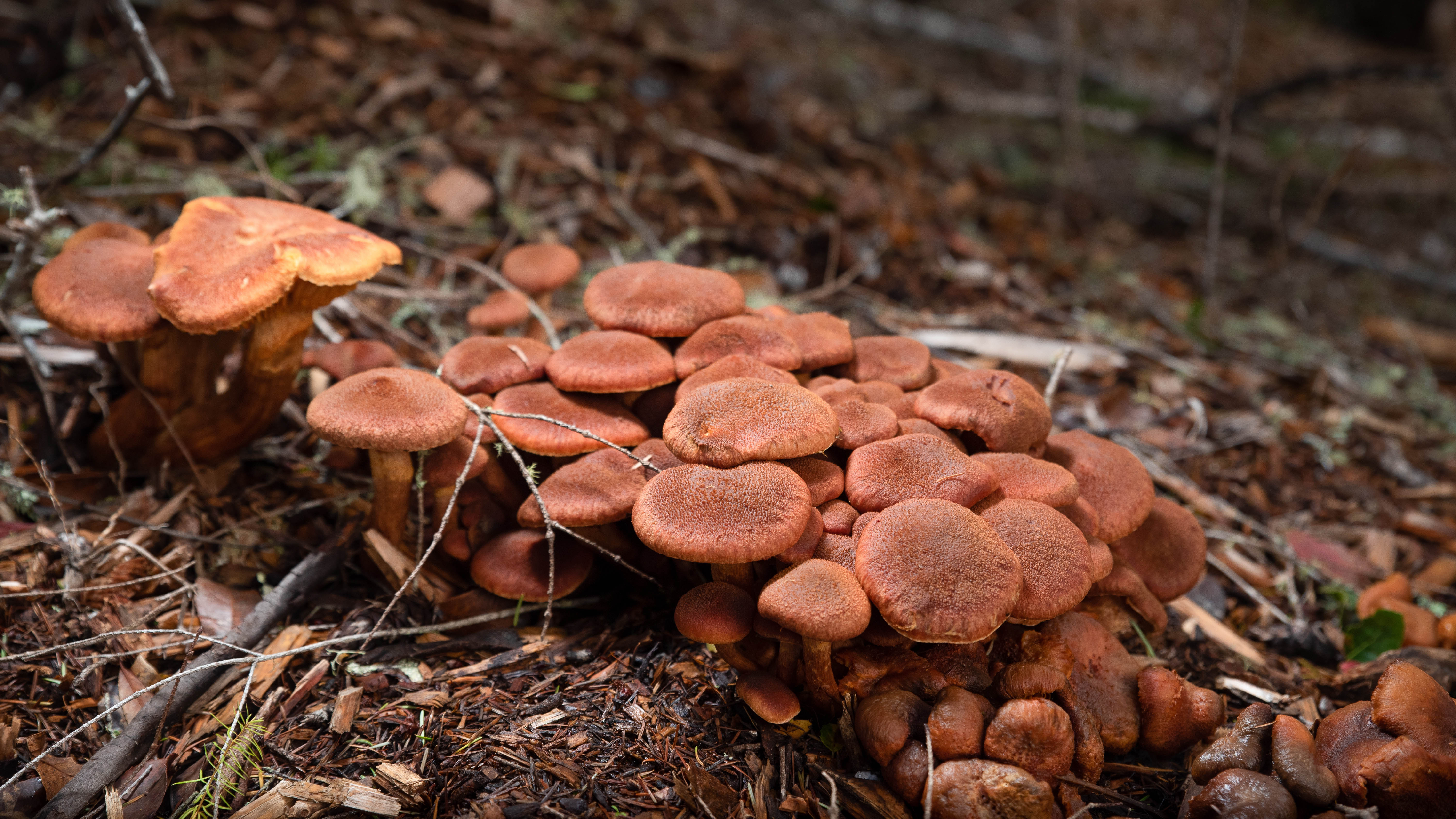
3. Fungus — Organic mulch can grow fungus with time as well. This often happens when the conditions are damp. Fungus is actually beneficial to the decomposition process of the mulch, so you generally don’t have to act on it. However, if you’re concerned about pets or children eating any rogue mushrooms, or you generally don’t like the appearance, you can rake some types of fungus away and dispose of it. You can always try switching to a different mulch if the fungus is a regular occurrence as well.
If your mulch is growing artillery fungus, which can be a real nuisance, you should remove the affected mulch, apply a fungicide to the space and then reapply a fresh batch of mulch.
4. Sufficient time has passed — Every time you lay down fresh mulch, it’s always a good idea to mark it on the calendar, so you know when it’s likely to need replacing. Of course, you need to keep an eye on your mulch in the interim, because other reasons on this list may intervene, but it’s still important you remember to replace it when the recommended time comes.
Replacing mulch is best done in the spring and fall. Don't apply it down too early in the spring though, or you could block fresh growth and interrupt the soil's gradual warming.
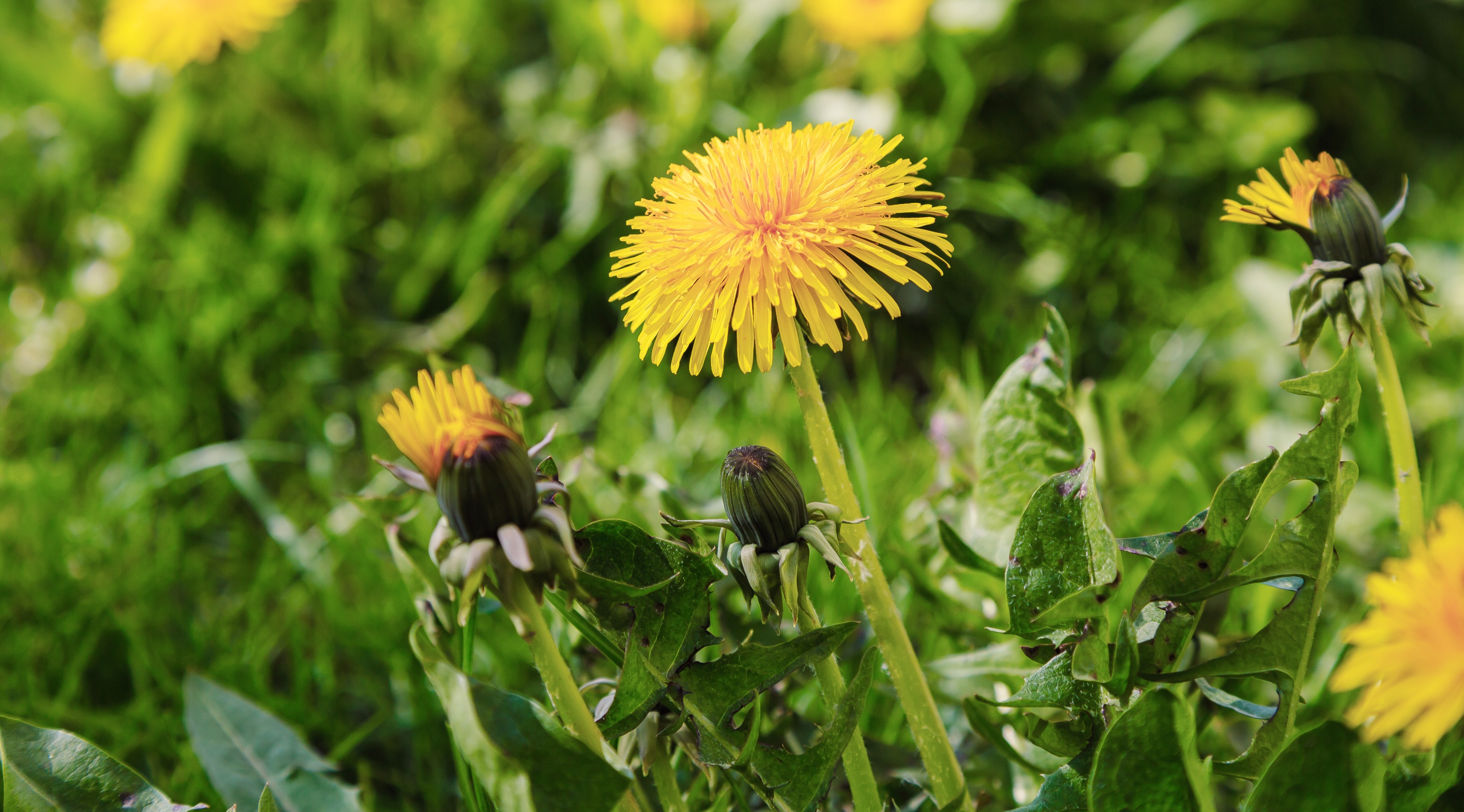
5. Weeds sprout — If weeds, such as dandelions and crabgrass, have suddenly become more of a problem, your mulch may have lost its weed-deterring effect. This can happen over time — as your layer of mulch breaks down and thins, weed seeds will have better access to your soil as well as light to grow.
6. Plants are struggling — If your plants are struggling despite the application of the mulch, or they’re appearing lackluster as of late, it may be time to replace your mulch, or try an alternative. Either your mulch has fully decomposed and finished adding nutrients to the soil, or it may not be offering sufficient protection.
You might also be interested in I've been making this big mistake when mulching my trees — experts warn its an 'epidemic in landscaping'.
Why it’s important to replace mulch
It’s essential that you replace your mulch when the time comes, whether organic or synthetic, because your soil will no longer benefit from its protection. In the case of organic mulch, the ongoing nutrients will cease, causing stunted growth and poor harvests. Moisture won’t be retained as effectively either, resulting in overly dry conditions. Weeds will begin to settle as well, consuming the nutrients your soil is already lacking.
Come winter, there’s the lack of protection from the frost to consider as well. Without an effective layer of mulch, your plants will be more vulnerable to the elements. Keeping a sufficient and active layer of mulch will improve the conditions for your plants and make for a more accommodating environment to grow in the future.
How much mulch should you add?
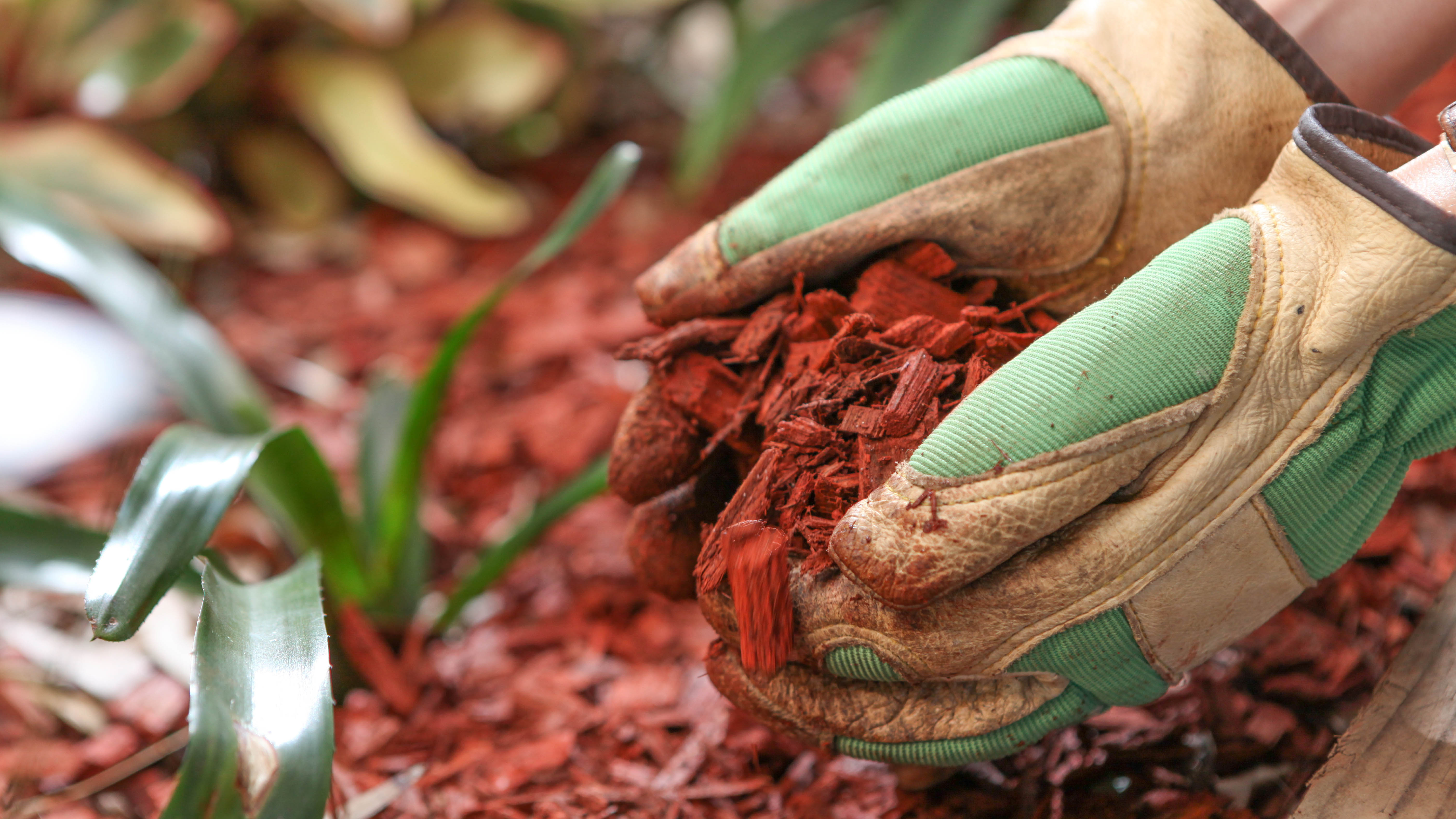
If you’re using organic mulch and it’s served its time and broken down, you can apply a fresh layer directly on top. You just need to use a rake to break it up and aerate it before applying a fresh layer. Aim for about 2-3 inches of mulch for best results.
If you want to remove mulch which has grown fungus or mold, it’s best to bag this up and dispose of it. Do not compost mulch which contains a fungus, as it could cause trouble if it comes back, such as artillery fungus.
If you suspect the mulch contains disease, you should also bag it up and dispose of it properly, according to your local authority. Otherwise, if you’re determined to remove old mulch, or you want to swap to a different type, mulch can safely continue decomposing in your compost pile. Although, there are 11 things you should never throw on the compost heap.
For old synthetic mulch which has served its purpose, see if it can be reused elsewhere — stones and gravel can make for a decorative addition. Otherwise, recycling may also be possible.
More from Tom's Guide

Katie Mortram used to be a Homes Editor for Tom's Guide, where she oversaw everything from kitchen appliances to gardening tools, as well as smart home tech. Specializing in providing expert advice for cleaning and home manintenance, she now works as Household Advice Editor for Good Housekeeping.
